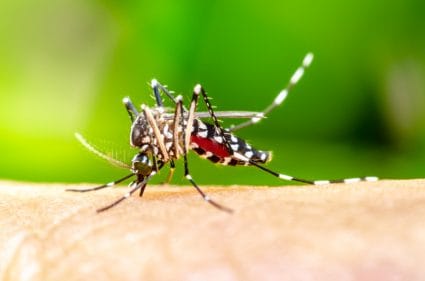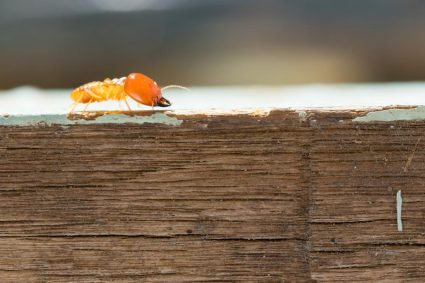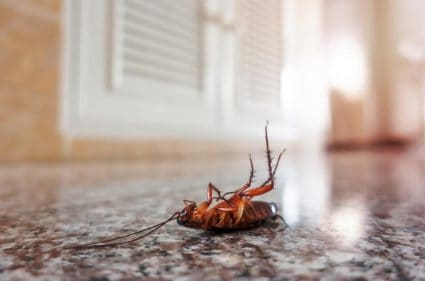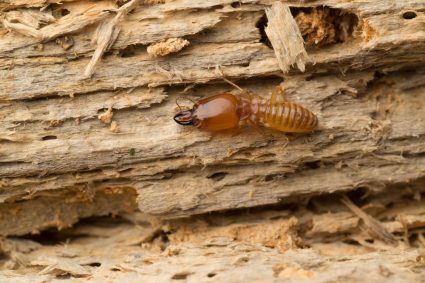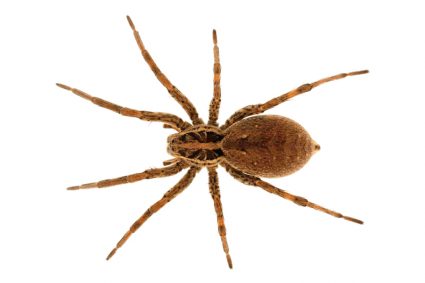
Fleas are tiny, flightless parasites known for their impressive jumping abilities and their penchant for feeding on the blood of mammals and birds. They are a common problem for pets, especially cats and dogs, but they can also bite humans. But how exactly do these tiny creatures find their hosts? Let’s delve into the details.
Fleas find their hosts primarily through sensory cues such as light, heat, movement, and the carbon dioxide exhaled by breathing animals. They are attracted to warmth and prefer hosts with fur or feathers. Fleas can also sense vibrations and changes in a host’s health, often infesting sick or weakened animals more. However, they can still bite humans, especially when their preferred hosts are less available.
Sensing Hosts
Fleas primarily locate their hosts through visual and thermal cues, such as light and heat. They have sensory structures known as sensilla on their antennae that help them detect air movement, vibrations, temperature gradients, and chemical signals. This means fleas can sense body heat, the movement of a potential host, and the vibrations caused by this movement. They can also detect carbon dioxide in the air, which is exhaled by breathing hosts.
Attraction to Warmth
Warmth plays a significant role in attracting fleas. Fleas are positively thermotactic, meaning they are stimulated and attracted by warmth. This helps them locate blood meals since potential hosts emit body heat. While warmth plays a relatively minor role in host-finding, the combination of multiple stimuli (e.g., light, heat, and movement) produces the best attraction response.
Preference for Furry Hosts
Fleas generally prefer hosts with fur or feathers, as these provide an ideal environment for them to hide and feed. However, they can still bite humans, usually at the feet, ankles, and legs, by jumping from an infested pet or other animal. Fleas do not live on humans because we lack substantial hair like animals, and it’s challenging for them to reproduce without the protection of fur or feathers.
Influence of Environmental Conditions
Temperature and humidity levels in an environment can significantly affect flea populations and their ability to locate hosts. Fleas thrive in warm and humid conditions, which promote their growth, development, and activity. Flea larvae live in dark microhabitats where humidity is high, temperature is moderate, and food is abundant.
Role of Vibrations
Fleas are finely attuned to sense vibrations, movement, and the body heat of a nearby animal. They can even be sensitive to the CO2 levels in the air to tell if a live animal is nearby. This ability to sense vibrations is also the reason why flea bites can occur after entering a house that has been unoccupied for some time.
Health Status of Hosts
Fleas can sense changes in a host’s health and are often found in larger numbers on sick or weakened animals. Some people may attract fleas more than others due to factors such as skin temperature, CO2 emissions, body size, and health status.
In conclusion, fleas locate their hosts through a combination of sensory cues, including light, heat, movement, and carbon dioxide. They prefer animals with fur, as it provides an ideal environment for them to hide, feed, and reproduce. However, they may still bite humans when their preferred hosts are less available. Understanding how fleas locate hosts can help in developing effective flea control strategies to protect both humans and pets from these bothersome pests.
Frequently Asked Questions
How long can fleas live without a host?
Fleas can survive for about a week to up to several months without a host, depending on the species and environmental conditions. However, without a blood meal, they cannot reproduce.
Are there any natural remedies to prevent flea infestations?
Yes, natural remedies such as essential oils (eucalyptus, lavender, peppermint) and diatomaceous earth can help prevent flea infestations. However, these remedies should be used with caution, especially around pets, as they may cause adverse reactions.
Do fleas have any natural predators?
Yes, fleas do have natural predators. These include certain types of beetles, spiders, and ants. Even some types of birds and reptiles eat fleas.
Are fleas more active during the day or night?
Fleas are generally more active during the day, especially in the early morning and late afternoon. However, they can still bite at night if they are disturbed.
Can fleas transmit diseases?
Yes, fleas can transmit diseases. For example, they are known to transmit the bubonic plague between rodents and humans. They can also transmit other diseases such as murine typhus, tularemia, and the cat-scratch disease.

